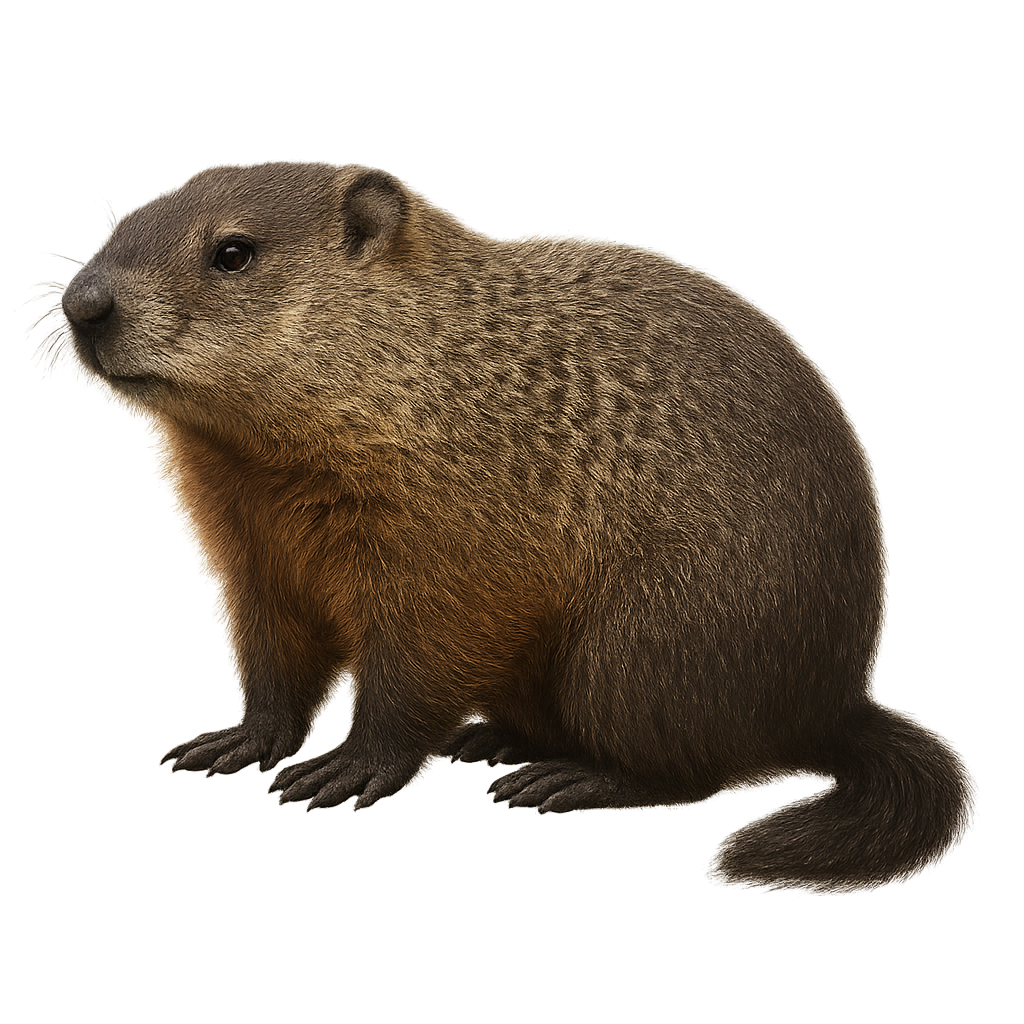Your wildlife photography guide.
Explore the groundhog in detail, study its behavior, prepare your shots.
Where to observe and photograph the groundhog in the wild
Learn where and when to spot the groundhog in the wild, how to identify the species based on distinctive features, and what natural environments it inhabits. The WildlifePhotographer app offers tailored photography tips that reflect the groundhog’s behavior, helping you capture better wildlife images. Explore the full species profile for key information including description, habitat, active periods, and approach techniques.
Groundhog
Scientific name: Marmota monax

IUCN Status: Least Concern
Family: SCIURIDAE
Group: Mammals
Sensitivity to human approach: Suspicious
Minimum approach distance: 10 m
Rut period: March to April
Gestation: 30-32 jours
Births: April to May
Habitat:
Forests, grasslands, agricultural areas
Activity period :
Primarily active during the day, with peak activity in the morning and late afternoon.
Identification and description:
The groundhog, also known as a woodchuck, is a medium-sized rodent belonging to the Sciuridae family. It is widely distributed across North America, particularly in grasslands, forests, and agricultural areas. With a stocky body and thick brown-gray fur, it measures about 40 to 65 cm in length, including the tail. Groundhogs are known for their hibernation behavior, spending the winter in deep burrows. They are primarily herbivorous, feeding on various plants, grasses, and occasionally insects. Although often solitary, they can be observed in small family groups. Their sharp alarm call is used to warn others of predators.
Recommended lens:
400 mm – adjust based on distance, desired framing (portrait or habitat), and approach conditions.
Photography tips:
To photograph the groundhog, it is advisable to use a telephoto lens of at least 400mm to capture detailed images without disturbing the animal. Since groundhogs are diurnal, the best time to photograph them is early in the morning or late in the afternoon when the light is soft. Be patient and discreet, approaching slowly to avoid scaring them. Use a tripod to stabilize your camera and get sharp images. Prefer sunny days to capture the details of their fur and natural behavior.
The WildlifePhotographer App is coming soon!
Be the first to explore the best nature spots, track rutting seasons, log your observations, and observe more wildlife.
Already 1 449 wildlife lovers subscribed worldwide

